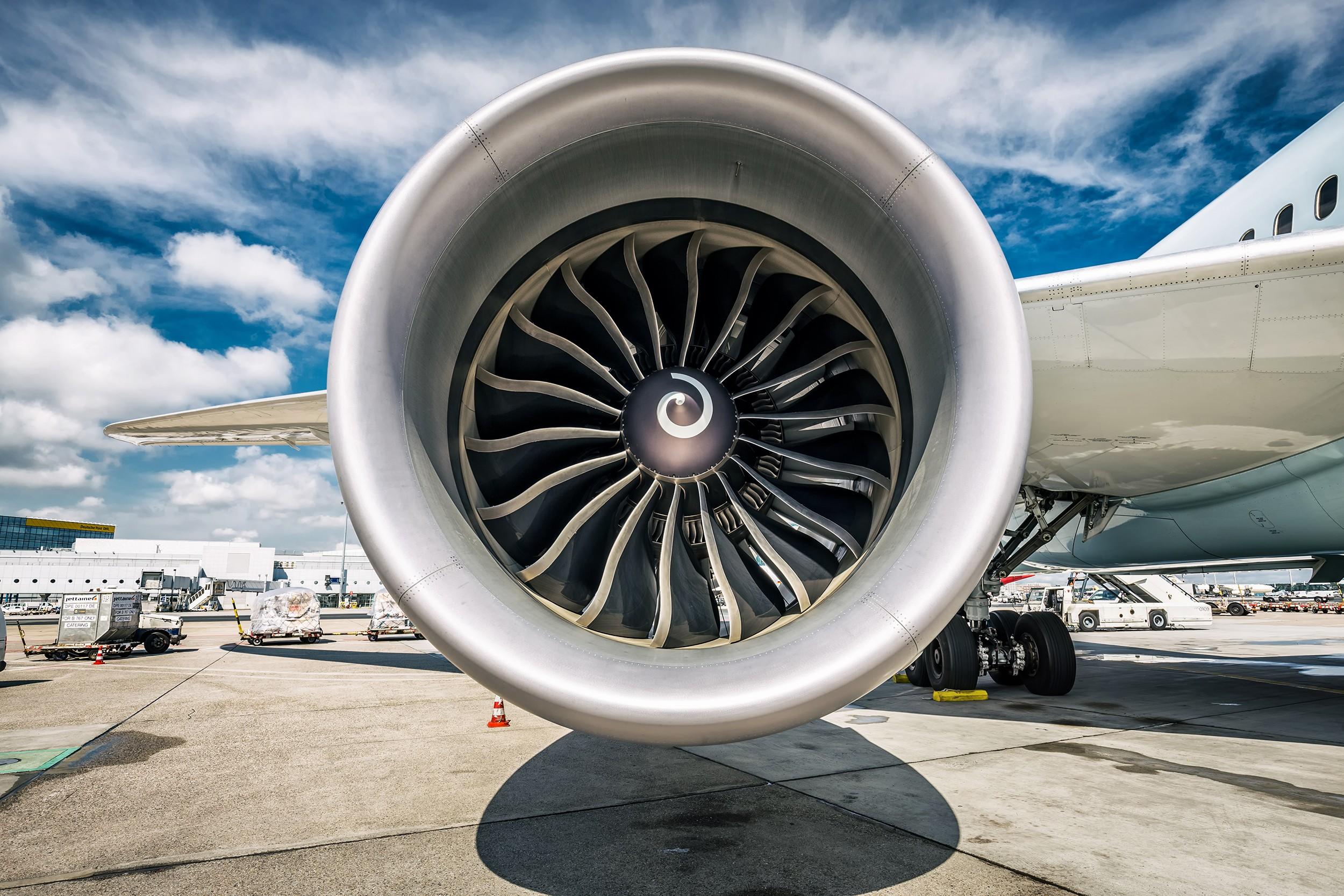
Engines command the most valuable slice of the aviation aftermarket, so a key question for maintenance planners and forecasters is how many shops visits have been delayed due to the pandemic—and how many have been lost altogether?
This question is also of vital importance to engine lessors, since demand for leased spare engines tracks the number of mainline engines out of service for overhauls.
Tom Barrett, president and chief executive officer of Engine Lease Finance Corporation (ELFC), tells the Engine Yearbook 2022 that “a large part of the pre-pandemic optimistic forecasted MRO work is gone.”
He says this is partly because pre-pandemic forecasts incorporated unrealistic assumptions for four shop visits per engine, at least for the most popular models, but the pandemic has also had an impact.
“Another area of great uncertainty regarding the demand for MRO is how many aircraft will be retired permanently or at least be part of an engine shop visit avoidance strategy,” he says.
Aviation Week Network’s 2022 Commercial Aviation Fleet & MRO Forecast predicts almost 5,000 retirements of the narrowbody aircraft that non-OEM engine lessors tend to focus on with their spare engine portfolios.
Retirements are forecast to rise from 307 narrowbodies next year to a peak of 630 in 2026.
Of course, these should be more than balanced by entry of new-technology aircraft, although Barrett notes ongoing difficulties in acquiring spare CFM LEAP and Pratt & Whitney PW1000G engines to support aircraft such as the Airbus A320neo, A220 and Boeing 737 MAX.
“The spare engines that should have been delivered by now, especially as the OEM entry-into-service issues abated, have not occurred,” he says. “This has meant that the already modest number of new spare engine deliveries has been even lower than anticipated.”
To learn more about the engine leasing market and associated MRO activity look out for an in-depth interview with the ELFC chief executive in the forthcoming Engine Yearbook 2022.
